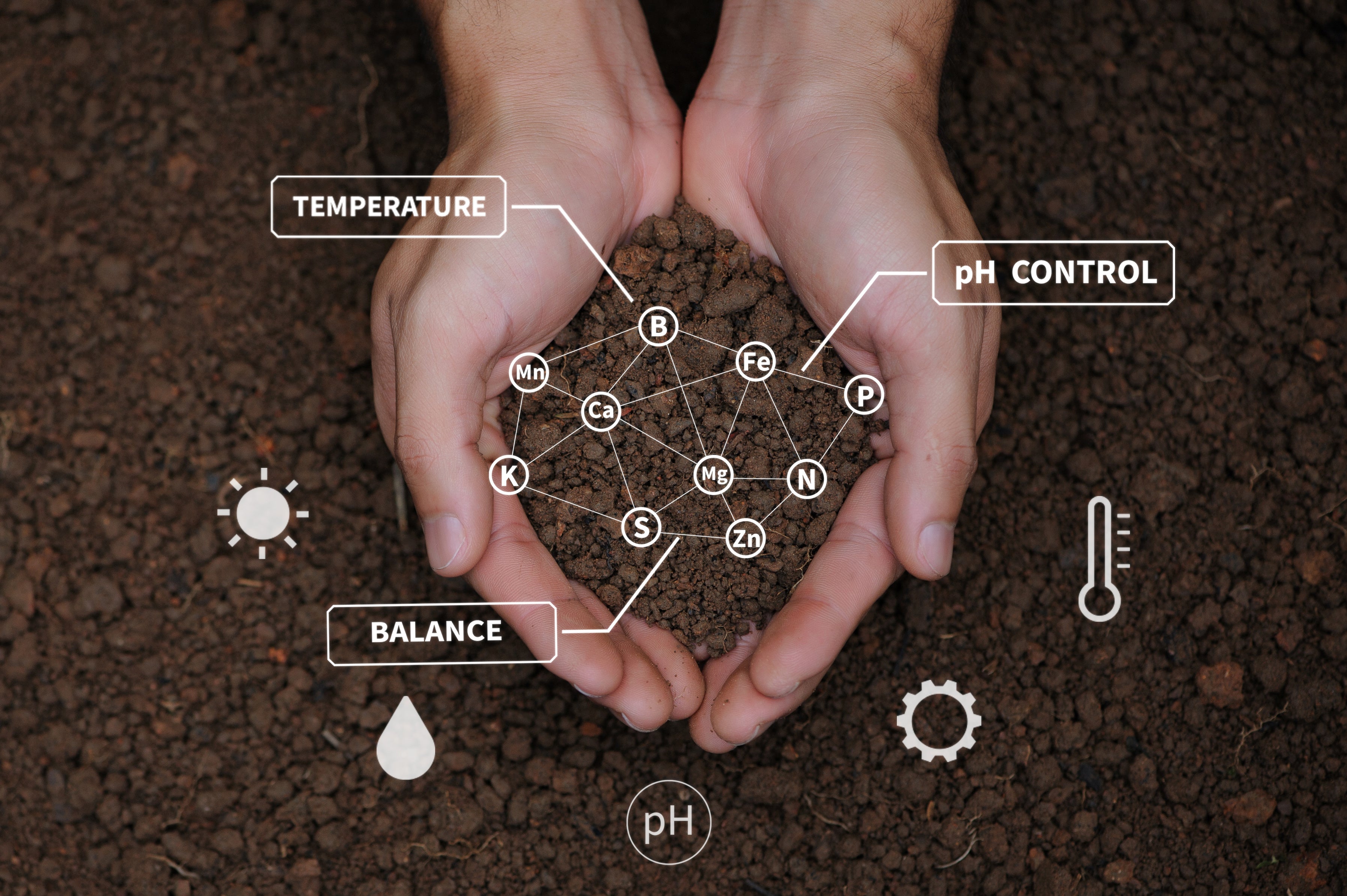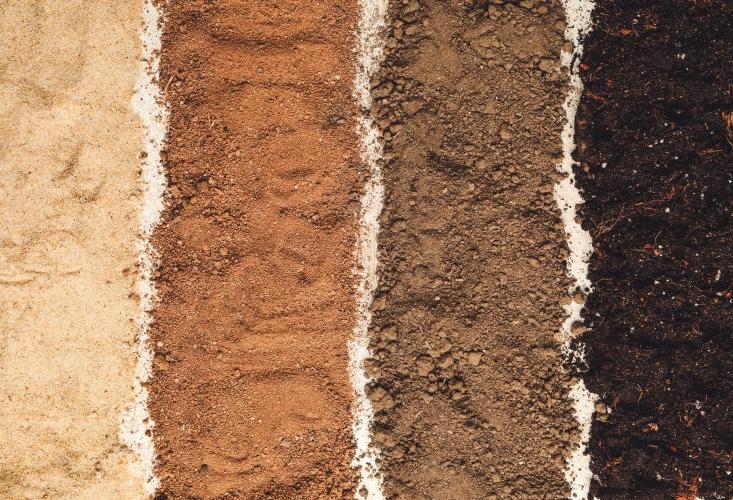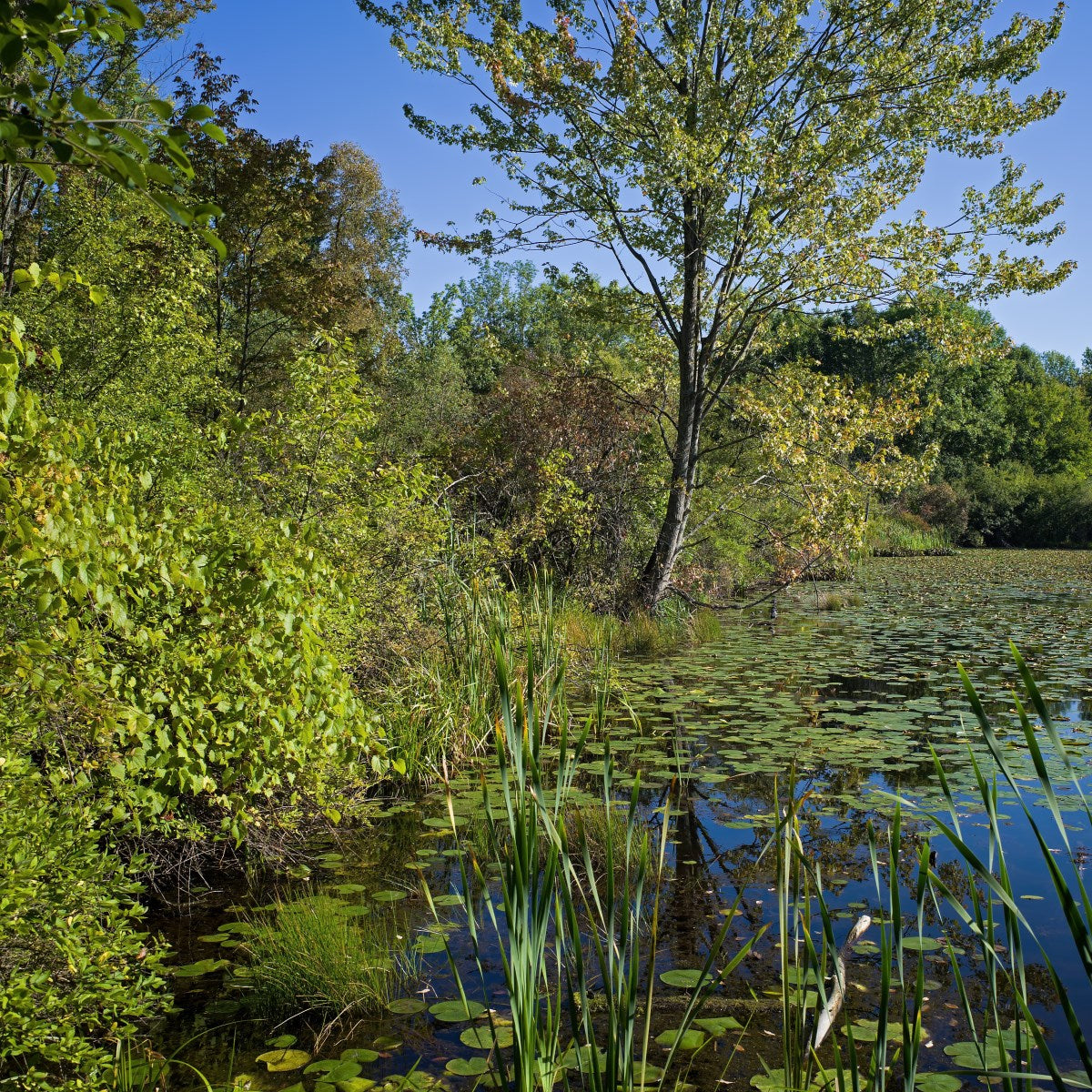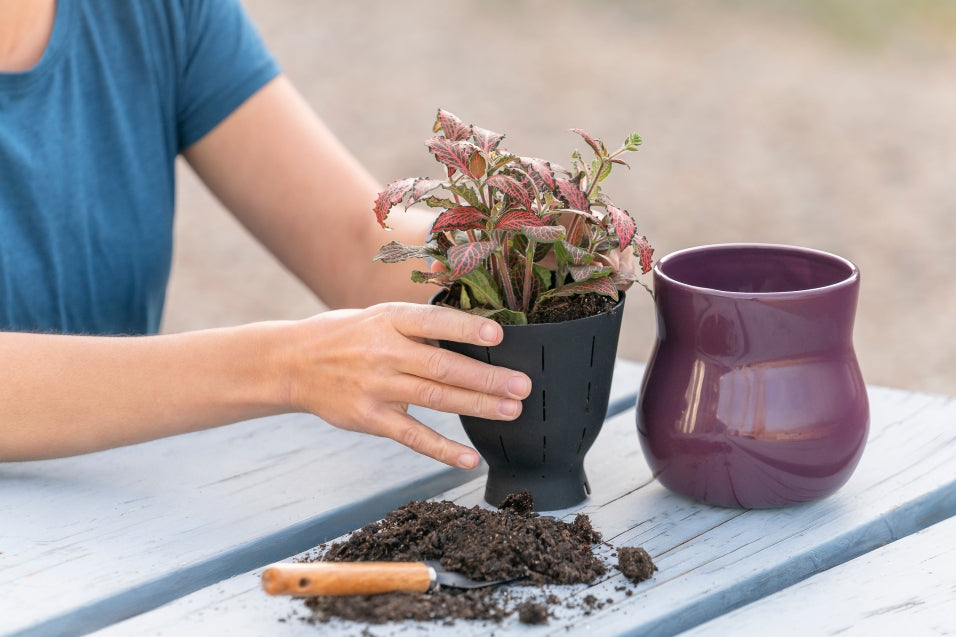
The Details in the Dirt
Soil is more than just dirt; it’s packed with nutrients like nitrogen, phosphorus, and potassium—basically, plant food! It supports everything from strong root growth to absorbing sunlight for photosynthesis. Soil also helps regulate temperature and pH levels, creating a stable environment for your plants. Plus, it holds onto water, keeping them hydrated. Without the right soil, your houseplants won’t just be thirsty—they’ll miss out on the nutrients and balance they need to thrive.

The Scoop on Soil
Soil type matters because it directly impacts how well your plants thrive. Different soils—like clay, sand, and loam—each have unique qualities that affect water retention and nutrient availability. For example, clay holds onto water, which is great for moisture-loving plants, but not so much for those that need well-draining soil. Sand, on the other hand, drains quickly and is ideal for plants that prefer drier conditions. Loam strikes a balance, making it versatile for a variety of plants.
Common Houseplant Soil Mixes
Here are some common soil types used for houseplants, and while you can find ready-made mixes at most hardware stores, you can also create your own blend. Mixing different components allows you to tailor the soil to your plant’s specific needs.
-

General Potting Mix
The go-to soil for most houseplants is a general potting mix. It balances moisture, drainage, and nutrients with ingredients like:
- 1PT Perlite
- 1PT Compost
- 1PT Coco Coir
-

Cactus & Succulent
Cactus and succulent soil is designed for fast drainage, preventing water buildup. Common blends include:
- 2PT General Potting Mix
- 1PT Perlite
- 1PT Coarse Sand
-

Orchid Mix
Orchids need special soil because of their unique growth habits—some grow on trees, others on rocks or in soil. Typical orchid mixes include:
- 1 PT Coarse Bark
- 1PT Coco Chips
- 1PT Perlite or Charcoal
-

Citrus & Palm Mix
In the wild, citrus trees grow in sandy, well-draining soil with shallow roots, making them prone to root rot. Citrus and palm mixes are designed to replicate this, typically including:
- 1PT Potting Soil
- 1PT Sand or Perlite
- 1PT Compost
-

African Violet
African violets come from tropical regions with loose, well-aerated soil. Their shallow roots and sensitivity to overwatering mean they need soil that drains well. African violet mixes often include:
- 1PT Coco Coir
- 1PT Vermiculite or Perlite
- 1PT Compost
-

Hydroponic Mix
Soilless and hydroponic methods use inert mediums for aeration and moisture retention, with nutrients delivered via water. These mixes typically include:
- 1PT Inert Medium such as perlite, coconut coir, expanded clay pebbles
- 1PT Nutrient Solution
Houseplant Soil Ingredient Index
-

Perlite
Lightweight volcanic glass that improves soil drainage and aeration by creating air pockets within the soil mix.
-

Vermiculite
Expanded mica mineral that retains moisture while also improving soil structure and aeration.
-

Coco Coir
Made from coconut husks, coco coir retains moisture well and provides a sustainable alternative to peat moss.
-

Worm Castings
Nutrient-rich organic matter produced by earthworms, worm castings add beneficial microbes and nutrients to the soil mix.
-

Charcoal
Activated charcoal absorbs excess moisture and helps to filter impurities in the soil while also reducing odors.
-

Pumice
Lightweight volcanic rock that improves soil drainage and aeration while also adding mineral nutrients to the soil.
-

Lava Rock
Porous volcanic rock that improves soil drainage and aeration while also adding mineral nutrients to the soil.
-

Expanded Clay Pellets
Lightweight, inert material used as a growing medium in hydroponic or semi-hydroponic setups to support plant roots.
-

Rice Hulls
Rice hulls are the outer shell of rice grains and provide excellent drainage and aeration and are suitable for plants that prefer drier conditions.

Peat Moss and Sustainability
Peat moss, made from decomposed sphagnum moss found in wetlands, has sparked debate over its sustainability. These peatlands aren't just home to moss—they're also vital carbon sinks, playing a big role in storing carbon. Harvesting peat disrupts these delicate ecosystems, which is why many environmentalists and gardening pros suggest turning to greener alternatives like coir, compost, or bark.
















